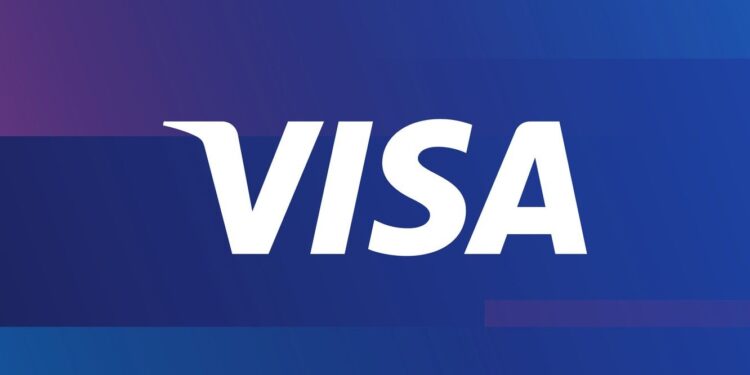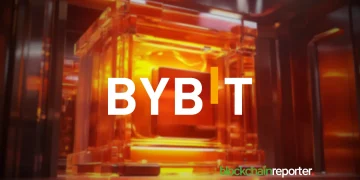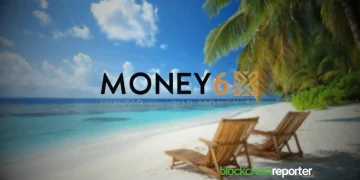Visa, the international payment juggernaut, has unveiled its latest move to revolutionize the realm of cross-border monetary transactions. By branching out its stablecoin settlement abilities to Solana, an elite blockchain, and collaborating with global merchant acquirers, Worldpay and Nuvei, Visa is ushering in a new era for cross-border payments.
Behind the Scenes of Visa’s Transaction Process
Every time a customer utilizes their Visa card for payment at any of the myriad Visa-accepted vendors globally, the payment is authorized in virtually real-time. However, this doesn’t reveal the intricate process that ensues backstage. For a successful transaction, funds must transfer from the purchaser’s bank (issuer) to the retailer’s bank (acquirer).
Visa’s advanced treasury and settlement systems supervise this operation. These systems efficiently manage the clearance, transfer, and settlement of billions in transactions daily. Their role is to ensure the correct sum in the chosen currency transitions from the issuer to the acquirer. A mammoth task, this process involves close to 15,000 financial establishments and spans over 25 global currencies.
As Cuy Sheffield, Visa’s Head of Crypto, expressed, “With tools like USDC and renowned blockchain networks such as Solana and Ethereum, we’re elevating the speed of cross-border transactions and offering a contemporary alternative for clients to effortlessly transfer or receive funds via Visa’s treasury.”
A Look Back at the Crypto.com Experiment
In the preceding year, Visa embarked on an exploration of the potential of USDC within its treasury operations. This quest partnered them with Crypto.com. Their combined efforts made Visa one of the pioneering mainstream payment systems to explore stablecoin settlements. This exploration bore fruit when USDC, in conjunction with the Ethereum blockchain, was used to manage payments for cross-border transactions on Crypto.com’s active card scheme in Australia.
The benefits were evident. Previously, overseas transactions on Crypto.com Visa cards mandated an extensive currency conversion procedure accompanied by expensive global wire transfers. Now, with the assistance of the Ethereum blockchain, Crypto.com can effortlessly transmit USDC across borders directly to a Visa treasury account overseen by Circle. This innovative approach drastically diminishes the intricacies and duration of global wire transfers.
Jeremy Allaire, Circle’s Co-founder, and CEO remarked on this progress, highlighting how it showcases the future of payments, trade, and financial apps.
Transition from Issuers to Global Acquirers
Visa’s treasury is evolving and testing the waters by receiving onchain funds from various issuer associates. By introducing new settlement methods, Visa is now capable of transmitting funds onchain to global acquirers such as Worldpay and Nuvei. This initiative is aimed at enhancing the settlement duration for their retailers.
Numerous businesses are engaging with the blockchain and cryptocurrency universe. These businesses range from blockchain integration providers to gaming platforms and NFT marketplaces. A majority of them might lean towards receiving stablecoins instead of conventional currencies for their card transactions. With this advancement, Visa is equipped to manage settlement disbursements in USDC to partners like Worldpay and Nuvei.
Embracing the Solana Blockchain
The escalating demand for utilizing new-age, efficient blockchains for stablecoin transfers prompted Visa to incorporate Solana into their system. Acknowledged for its robustness, Solana’s inclusion facilitates quicker, more cost-effective USDC settlement transactions for Visa’s partners.
Venturing Into New Alliances
With a futuristic perspective in the progressively digitized financial milieu, Visa is embarking on new collaborations and harnessing the innovative potential of digital currencies. Their association with global giants like Worldpay and Nuvei underscores this mission. Jim Johnson from Worldpay and Philip Fayer from Nuvei both emphasized the transformative power of stablecoins like USDC and the invaluable potential it brings to the global financial landscape.























